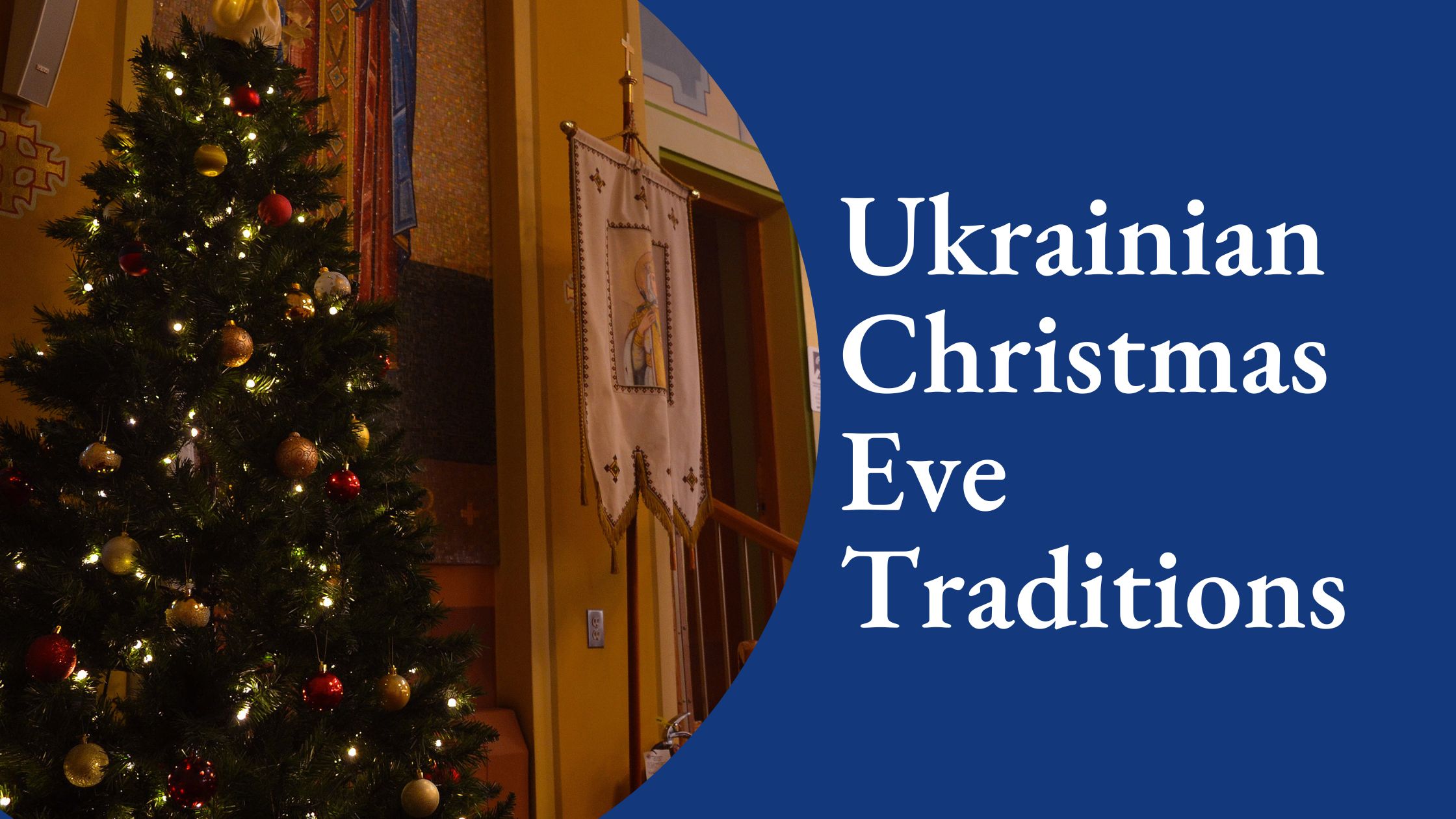For those unfamiliar with the Ukrainian Catholic Church traditions, the Holy Supper on Christmas Eve holds a unique and significant place in Ukrainian households. In response to a query about this cherished tradition, we embark on a journey to unravel the intricacies of the Holy Supper, its symbolic dishes, and the rich customs that accompany this festive occasion.
The Twelve Lenten Dishes
Diverging from typical evening meals, the Holy Supper features twelve Lenten dishes, symbolizing the twelve Apostles who gathered at the Last Supper. These dishes are meticulously prepared with vegetable shortening or cooking oil, excluding all animal fat, milk, and milk products. This dietary restriction aligns with the period of fasting leading up to Christmas Day, culminating after the midnight or morning church service on Christmas Eve.
Variations of Svyatij Vechir (Holy Supper)
While the basic structure of the Holy Supper is preserved, each household incorporates its unique touch. One common practice is placing straw under the tablecloth and the table itself, accompanied by a sheaf of wheat called “didukh.” Tied with a vibrant rushnik (embroidered towel), the didukh is placed on the table by the father or senior male present at the beginning of the dinner, symbolizing the gathering of the clan.
Symbolism of the Pylypivka Wreath
To add depth to the fasting experience, many households embrace the practice of praying with a Pylypivka wreath. This circular arrangement symbolizes the eternal nature of God, with evergreen branches representing the eternal life brought by Jesus. Candles on the wreath symbolize Christ as the light of the world, each with a specific meaning such as love, faith, and hope.
The Holy Supper Ritual
The order of dishes varies, but common elements include the prosphora (blessed at the Vigil), kutya, and twelve other meatless and dairy-free dishes such as fish, varenyky, and kapusta. A significant tradition involves leaving one place empty at the table, both in remembrance of those departed before us and in the belief that an angel might appear in the guise of a beggar.
Three loaves of bread, known as kolach, are baked and stacked with a candle in the middle, symbolizing Christ. The candle is lit during the meal blessing and remains so until the end of dinner.
Christmas Eve Timeline and Traditions
The timeline of St. Philip’s Fast, leading up to Christmas Eve, includes various feasts such as the Holy Apostle and Evangelist Matthew, the Entrance of the Mother of God into the Temple, and the Feast of St. Nicholas the Wonderworker.
Beyond the Holy Supper, additional traditions include flinging kutya on the ceiling for good luck, walking around the house three times with kutya while singing the Christmas troparion, and providing extra feed, straw, and kutya to livestock.
The Spirit of Hospitality
One enduring tradition emphasizes hospitality to those in need. Families ensure that no one spends Christmas Eve alone, inviting neighbors, friends, and anyone without family to join in the celebration. This practice is rooted in the belief that on this holy night, Mary and Joseph were given hospitality in a cave, setting an example for extending kindness to others.
Alternate Versions and Regional Practices
Variations of the Holy Supper exist, reflecting the diverse cultural tapestry of Ukraine. Some families scatter straw under the table to remember the poverty of the Holy Family, while others emphasize the symbolic act of everyone wearing shoes or slippers, signifying wealth in celebrating the birth of the Savior.
In some homes, a chain wrapped around the table legs is believed to keep the abundance found on the table within the family throughout the coming New Year.
Caroling and Vertep Puppet Theater
The celebration extends beyond the dinner table, with joyful caroling playing a significant role. Ukrainian Christmas songs or carols, known as koliadky and shchedrivky, are sung throughout the Christmas season, bringing festive melodies to communities.
Another lively tradition is the Vertep, a Ukrainian puppet theater that enacts the Nativity and includes merry interludes depicting secular life. Originating in the late 16th century, Vertep performances declined in the mid-19th century but have seen a revival in the 20th century as a zhyvyi ‘live’ Vertep, re-creating the traditional village performances.
In conclusion, the Holy Supper on Christmas Eve is a culmination of rich traditions, symbolic dishes, and heartfelt customs that embody the spirit of Ukrainian Christmas. It is a time of joy, reflection, and hospitality, inviting both family and strangers to share in the festive celebration of the birth of Christ. As we delve into the depths of these cherished practices, we witness the enduring cultural and spiritual significance that makes Ukrainian Christmas a truly special and meaningful occasion.

